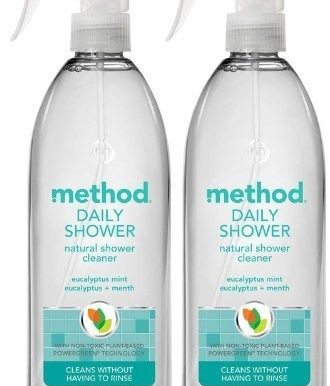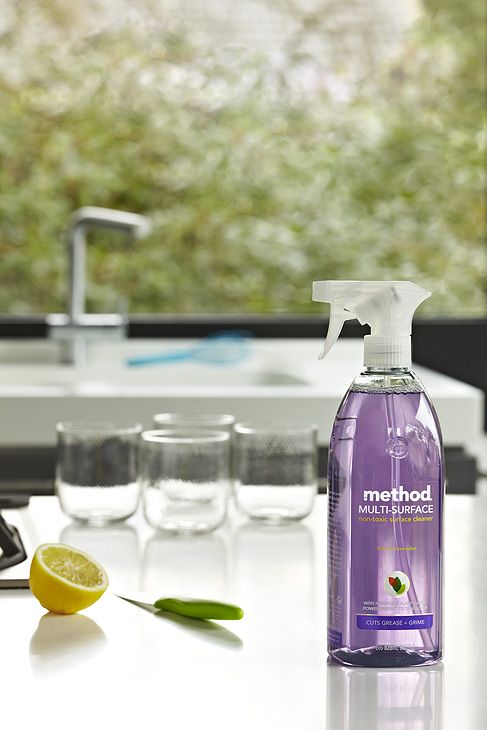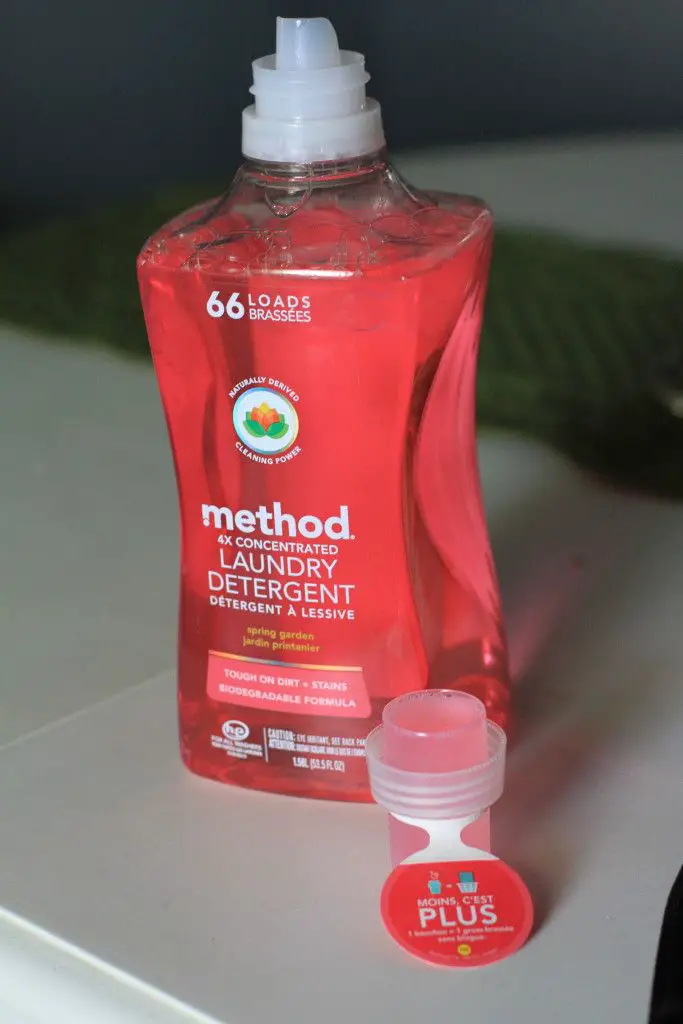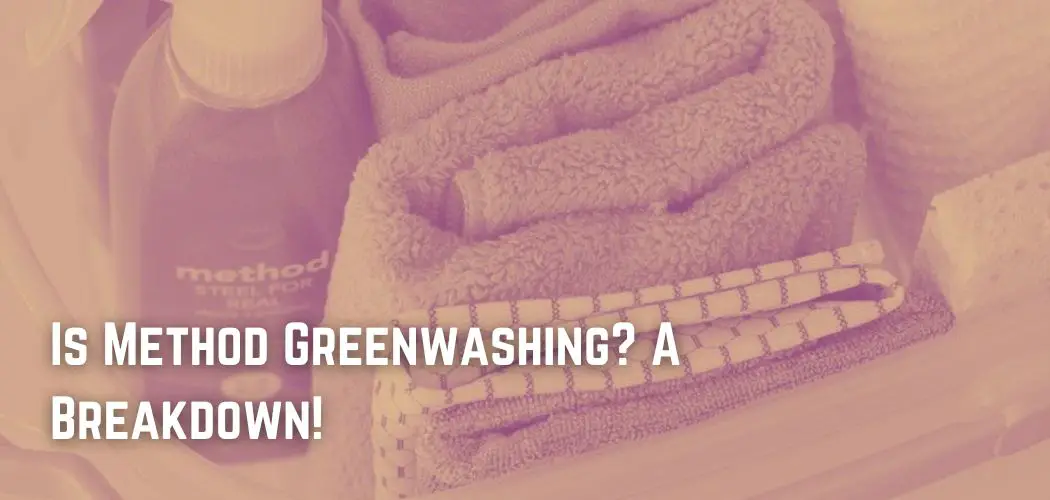Two former roommates started The Method in 2001 to make cleaning products that were good for the environment, safe, and easy to use.
The chief brand architect wanted to show that caring about the environment is cool by making a line of products with cool, modern packaging that they call “recyclable plastic art” and that looks good enough to put on kitchen and bathroom counters.
The company has been given the rightful credit for “single-handedly turning the consumer packaged goods market on its head.” Method received only $300,000 in startup funding in 2003, but by 2006 it was bringing in $45 million in profit.
Through a distribution contract with Target and the opening of a UK office in 2002, the company essentially entered the mainstream market.
Presence Of Benzisothiazolinone
First, the rating for benzisothiazolinone in the Skin Deep database has decreased from 6 to 3-6. Recently, the EWG’s rating system appears to have been softened across the board, possibly to appear friendlier.
In terms of systemic toxicity, the Scientific Committee on Consumer Safety (SCCS) of the European Union finds this preservative safe for use in cosmetics in concentrations up to 0.01%.

However, according to the SCCS, benzisothiazolinone is a known sensitizer. Regarding sensitization, there are no data regarding safe amounts of exposure to this chemical.
Before we know how much of this preservative is in a product, we can’t say that it won’t cause sensitization.
Fragrance
To begin with, we should commend Method for disclosing its scent ingredients. Since there is no legal necessity to reveal fragrance compounds, ‘fragrance’ or ‘parfum’ is frequently included as a single ingredient on product labels.
However, the fragrance is a combination of substances, many of which have been linked to the development of allergies, endocrine disruption, sensitization, cancer, and poor environmental effect.
Method cleaning products contain the following aroma ingredients: agrumex, acetate C6 hexylic, dihydro myrcenol, aphermate, hexyl cinnamic aldehyde, galaxolide, peach pure, and hexyl propionate.
The European Union assessed that five of the eight components are persistently hazardous to aquatic life. In addition, the EU has been evaluating Galaxolide for disruption of the endocrine system.
The EU concludes that hexyl cinnamic aldehyde may cause allergic skin reactions and sensitization of the skin.
Sensitization of the skin is the development of an allergic reaction following repeated exposure. In other words, you may develop an allergic reaction to a product that you initially tolerated.
Clearly, there are dangers to using Method multipurpose cleaning. On the basis of this information alone, no one should take any chances.
Sustainability
Not only is its packaging stylish, but it also has a conscience. Method’s bottles are 100% recyclable and, whenever possible, constructed from 100 percent recycled plastic.
Method’s program “green card” makes sure that the design of the packaging takes into account how easy it is to recycle, how heavy it is, how often it can be used, and how easy it is to compost.
The method has bought solar energy and wind credits to make up for its carbon footprint and is actively working toward a business model that doesn’t produce any carbon.

Their building is LEED-certified and has composting and recycling systems. Financial incentives are also provided to encourage employees to use self-propelled transportation or public transportation to work.
The method is finally beginning to examine its supply chain. There are more financial incentives for suppliers who do things to help the environment, like using renewable energy and equipment that uses less energy.
Their Universal Cleaner
These are the components of Method Honeycrisp All-Purpose Cleaner:
C12-16 Pareth-7, Sodium Gluconate, Sodium Carbonate, Acetate of C-6 Hexylic Acid, Agrumex, Aphermate, Dihydro Myrcenol, Galaxolide, Hexyl Cinnamic Aldehyde, Hexyl Propionate, Peach Pure, Citric Acid, Colorant.
In contrast to other Method cleaning solutions, universal cleaners do not contain preservatives. Upon inquiring, they gave an answer that made sense.
To clarify, the product’s pH ranges between 10.5 and 11.5, which is high enough to prevent the addition of preservatives. Therefore, the preservation method of Method’s multipurpose cleaners must be effective.
However, aroma, surfactants, and coloring agents are components of concern.
Lawsuit Against Parent Company
A class action lawsuit has been filed against Methods’ parent company, SC Johnson, alleging that they contain poisonous and hazardous substances.
The brand name for Method cleaning products seems to be “non-toxic,” which lets SC Johnson charge a higher price. According to Felicia Toth of California, however, these assertions are untrue.
Toth claims she purchased a number of their products that were labeled “non-toxic.” The plaintiff said that she chose a cleaning product based on these claims and was surprised to find out that it was full of harmful chemicals.

The lawsuit asserts that a growing number of shoppers seek non-toxic items for daily use. People are looking for natural and eco-friendly alternatives to old household cleaners, and this includes cleaning products.
Due to this desire, a market for organic free of chemicals household items has emerged. People often say that these kinds of products are “organic” and “plant-based” when they try to sell them.
The Federal Trade Commission has made new rules to make these claims more consistent and to prevent “misleading environmental marketing or helping marketers avoid making unfair claims.”
The FTC tells marketers that if they say something is “non-toxic,” they must back it up with credible scientific evidence or “prominently and clearly qualify their statements to avoid deception.”
Conclusion
They have produced a range of products that are completely naturally sourced, non-toxic, biodegradable, and even attractive.
Method believes strongly in the importance of green living, green energy, and sustainability for living a healthier lifestyle, and they’re also huge proponents of the anti-animal cruelty movement.
So you can rest assured that the cleaning products you use are doing everything they can to save the planet.

